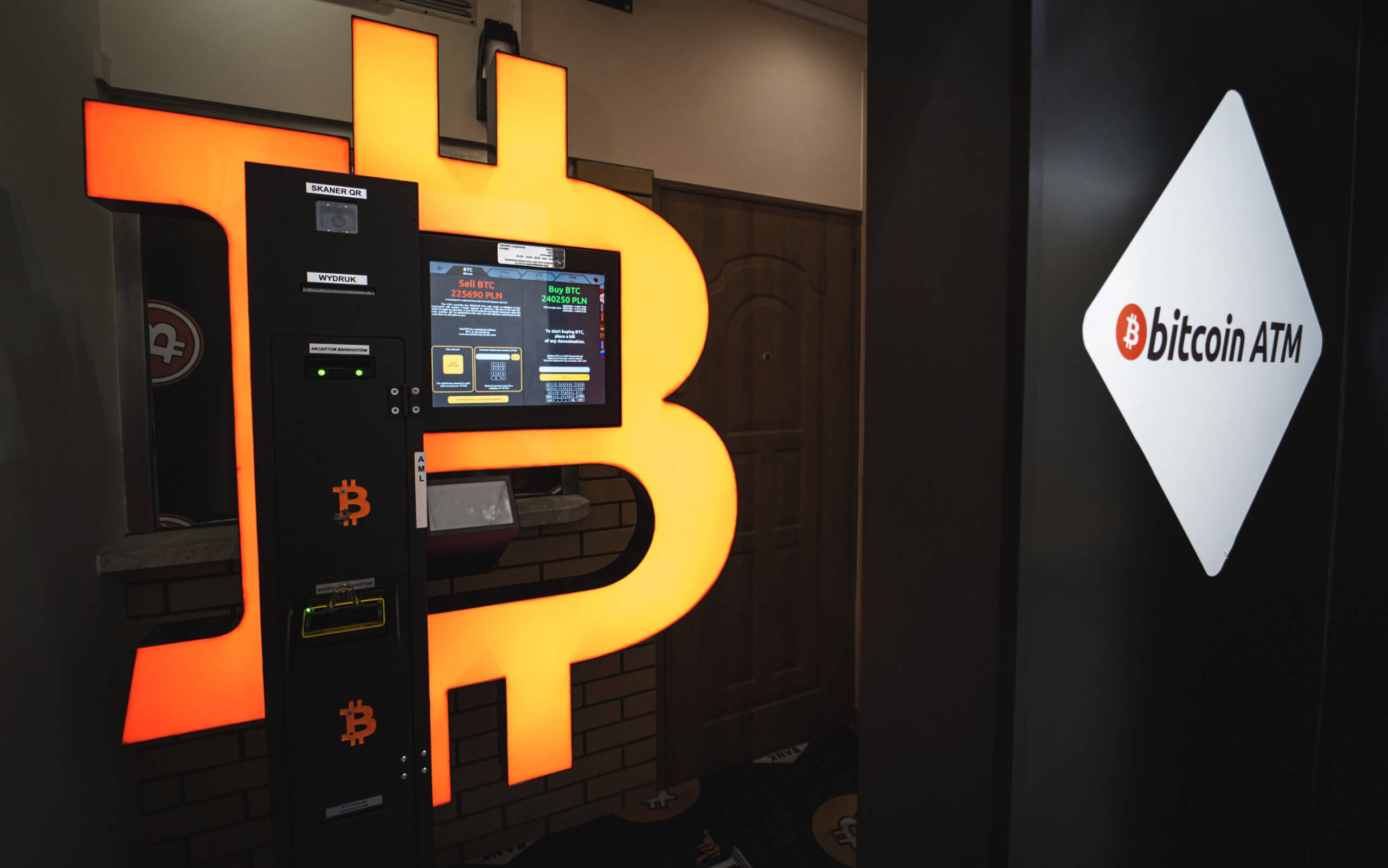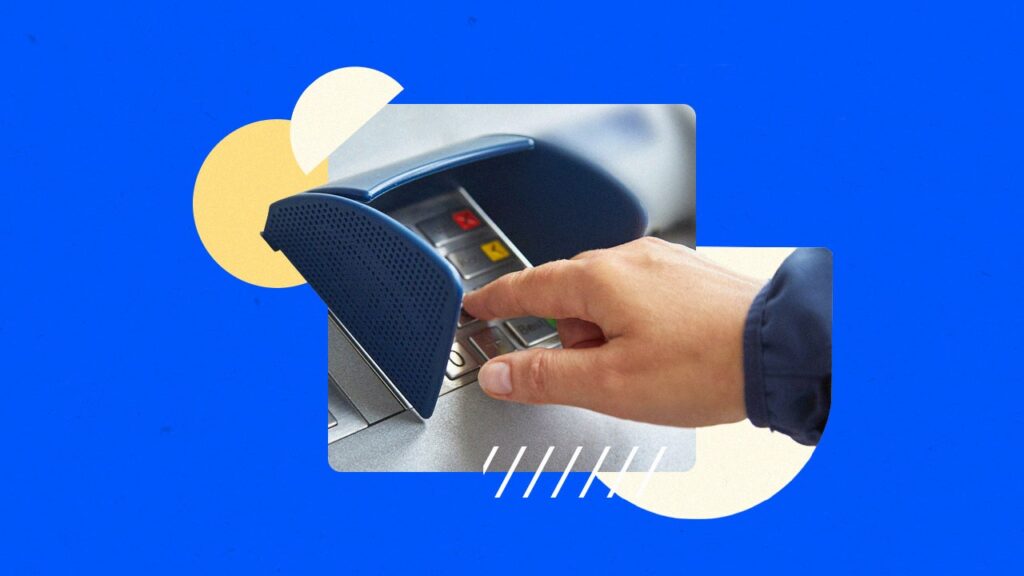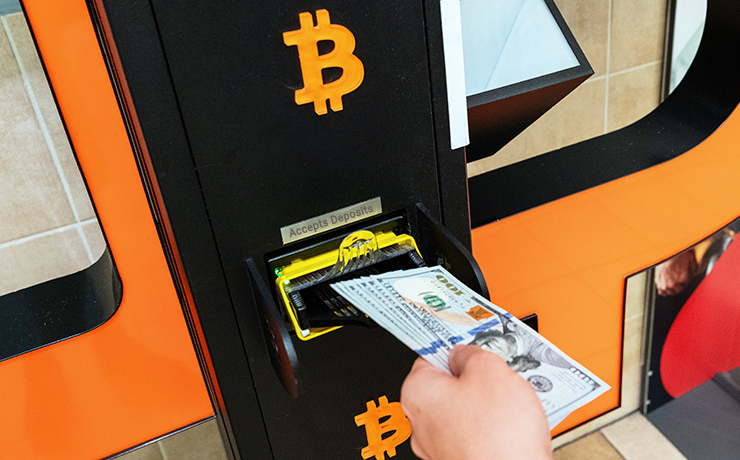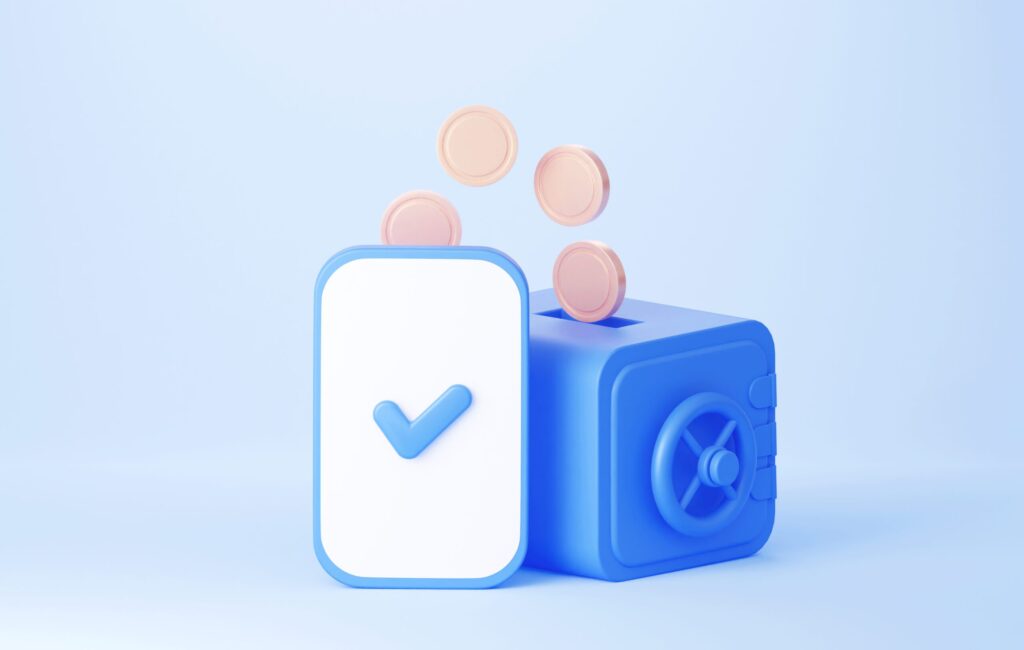
Bitcoin ATMs, or automated teller machines that allow users to buy and sell Bitcoin and other cryptocurrencies, have become increasingly popular. They offer a convenient way to engage with the cryptocurrency market without needing a traditional exchange account. However, this convenience also comes with risks, including the potential for scams. Bitcoin ATM scams have emerged as a significant concern for both novice and experienced users. This article delves into how these scams operate, common tactics used by fraudsters, and how to protect yourself from falling victim.
How Bitcoin ATM Scams Operate
Bitcoin ATM scams typically involve deceptive practices aimed at tricking individuals into losing their money or personal information. These scams can take various forms, from fake ATMs to phishing schemes, and they often exploit the relative novelty of Bitcoin ATMs to catch users off guard.
1. Fake Bitcoin ATMs
One of the most direct forms of Bitcoin ATM scam involves fraudulent machines that are set up to steal money. These fake ATMs look similar to legitimate Bitcoin ATMs but are designed to scam users.
How It Works:
- Installation: Scammers install fake Bitcoin ATMs in public places, often disguising them as genuine machines.
- Collection of Funds: When users deposit cash into these machines to buy Bitcoin, the money is collected by the scammer rather than being converted into cryptocurrency.
- No Transaction: Users are not given any Bitcoin or transaction confirmation, and the cash deposited is lost.
Red Flags:
- Unusual Appearance: The ATM may look different from other Bitcoin ATMs or lack proper branding and security features.
- No Receipts or Confirmation: Genuine Bitcoin ATMs typically provide receipts or confirmation of transactions. The absence of these could be a warning sign.
2. Phishing Scams

Phishing scams involve tricking users into providing personal information or login credentials through deceptive means. Scammers may use various methods to direct users to fake websites or communications that mimic legitimate services.
How It Works:
- Fake Websites: Scammers create websites that look like the login pages of legitimate Bitcoin ATM services or cryptocurrency exchanges.
- Phishing Emails/SMS: Users receive emails or text messages that appear to come from a trusted source, asking them to click on a link and enter personal details.
- Credential Theft: Once users provide their login details or personal information, scammers use this data to access their cryptocurrency accounts or steal their funds.
Red Flags:
- Suspicious Links: Avoid clicking on links from unknown sources or unsolicited messages.
- Unusual Requests: Be wary of requests for sensitive information, especially if they come through unexpected channels.
3. ATM Location Scams
Scammers may also exploit the location services of legitimate Bitcoin ATMs to mislead users.
How It Works:
- Fake Listings: Scammers create fake listings for non-existent or compromised Bitcoin ATMs on location services or mapping applications.
- Misleading Directions: Users are directed to locations where no actual ATM exists or where a fake ATM is installed.
Red Flags:
- Verify Locations: Cross-check the location of the Bitcoin ATM with official sources or reliable reviews.
- Check for Updates: Look for recent user reviews or updates on the ATM’s status.
How to Protect Yourself

Protecting yourself from Bitcoin ATM scams involves a combination of vigilance, verification, and security practices. Here are some steps you can take to safeguard your investments:
1. Verify the ATM
Before using a Bitcoin ATM, ensure that it is legitimate and secure.
Steps to Verify:
- Check for Branding: Look for recognizable branding or security features of well-known Bitcoin ATM operators.
- Use Trusted Sources: Verify the location of the ATM using official websites or apps that list legitimate Bitcoin ATM locations.
- Inspect the Machine: Ensure the ATM is properly maintained and functioning. Be cautious of any signs of tampering or unusual modifications.
2. Protect Your Personal Information
Be cautious about sharing personal information and always verify the authenticity of any requests for sensitive data.
Steps to Protect Yourself:
- Secure Your Accounts: Use strong, unique passwords for cryptocurrency exchanges and wallets, and enable two-factor authentication (2FA).
- Avoid Phishing Attempts: Do not click on links or provide personal information through unsolicited emails or messages.
- Monitor Your Accounts: Regularly check your accounts for any unusual activity or unauthorized transactions.
3. Educate Yourself
Understanding how Bitcoin ATMs work and recognizing potential scams can help you make informed decisions and avoid falling victim to fraud.
Educational Tips:
- Learn About Common Scams: Familiarize yourself with common Bitcoin ATM scams and how they operate.
- Stay Informed: Keep up to date with news and updates from cryptocurrency and Bitcoin ATM operators.
Reporting and Recovery

If you suspect that you have encountered a Bitcoin ATM scam or have fallen victim to one, it is crucial to take immediate action.
Steps to Take:
- Report the Incident: Contact local law enforcement and report the scam to relevant authorities or consumer protection agencies.
- Notify the Operator: If the ATM was part of a known network, report the incident to the ATM operator or network provider.
- Seek Legal Advice: Consider consulting with a legal professional if you have lost a significant amount of money or need assistance with recovery.
Bitcoin ATMs offer a convenient way to buy and sell cryptocurrency, but they are not immune to scams. Understanding how these scams operate and being vigilant can help you protect yourself from falling victim to fraud. By verifying the legitimacy of ATMs, safeguarding your personal information, and staying informed about potential threats, you can navigate the world of Bitcoin ATMs with greater confidence. If you encounter any suspicious activity or suspect that you have been scammed, take prompt action to report and address the issue. In the ever-evolving landscape of cryptocurrency, knowledge and caution remain your best defenses against scams and fraud.